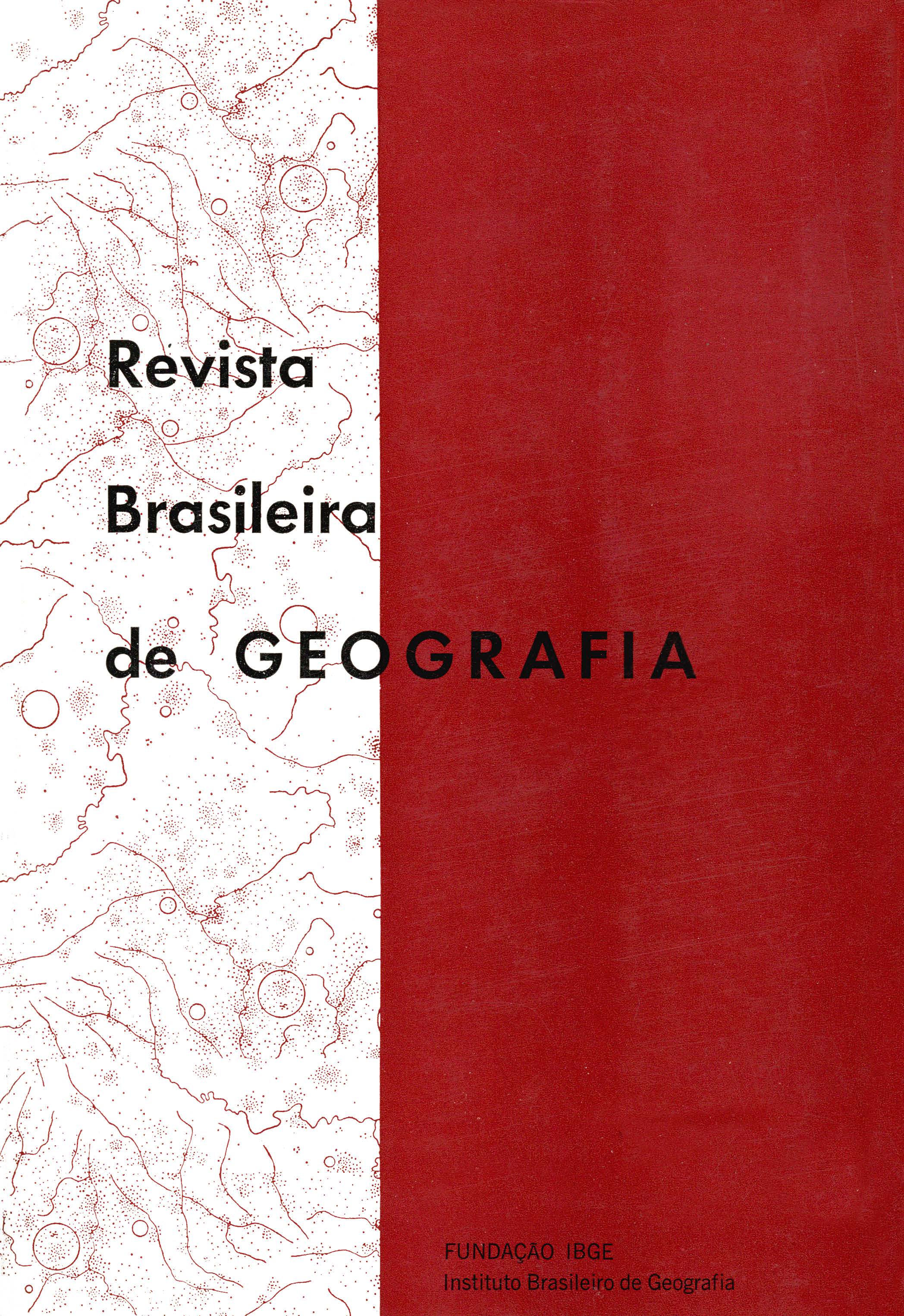As Correntes migratórias para o Distrito Federal
Keywords:
Brasília - DF, Distrito Federal - Brasil, População urbana, MigraçãoAbstract
In view of the fact that a considerable increase in the population of the Federal District has been verified, this principally due to migration and, considering that Brasilia constitutes an important point of attraction in the national migratory system, the authors have analyzed these fluxes of the population starting from the data obtained in the satellite towns and the provisional agglomerations of the Federal District, through stratified aleatory sampling.
Leading off from the theory that the migrants undertook these displacements stimulated by information that better job opportunities were to be found in the cities, that these fluxes did not always take place in one and only stage and that, on passing through urban centers, the migrants could have altered the level of their aspirations, variables were selected that could measure the social and economic standing, the distance and the passing-through points, the age-bracket characteristics and the time of the migration. With these elements, a matrix composed of 36 variables over 54 locations was set up, these latter comprising infland and state capitals.
Starting from a systematic study of the migration, the matrix of said data was subjected to a mode R, rotational, factorial analysis, by the Varimax process.
The results obtained provided opportunity for confirming the initial theories and, furthermore, also opened the way to enable three migratory subsystems, arising from the correlation matrix, to be distinguished: a) subsystem of the migration problem; b) subsystem of the low-status mass migration, and c) subsystem of the higher status.
The hypothetical variables obtained from the factorial analysis, adding to eleven in number, cover·77,3 % of the total variation. Noteworthy among these factors are those of Nº 1 and N° 2, weighing more heavily on the total variation 23,1%, and referring 1:o the low social and economic subsystem status.
With the grouping furn:shed by the "cluster analysis" as a starting point, great migratory currents were determined, as well as residual migrations. These currents were defined by the paths followed by the migrants, from their places of origin right to the Federal District and, what is more, by the social and economic conditions of the components thereof at the place of destination. It was shown that, many times, the origin is of secondary importance in the characterization of the current, inasmuch as the passage-through by stages tends to give affinity to migrants of quite different origins.
In conclusion, certain confirmations of existing facts were brought to the fore, namely: the currents of the better status are those that passed through the national metropolises and theirs is a small mass within the migratory total; the displacements direct from the place of origin occur independently of distance for the length of the time. Finally, there is a tendency taking shape, modifying the fluxes towards Brasilia, consonant with the consolidation of the city as a capital, offering new job opportunities.
The authors, finally, stress the fact that measures adopted at any point in the system, tending to stimulate or slow down the migratory fluxes, will have repercussion on the system as a whole.






